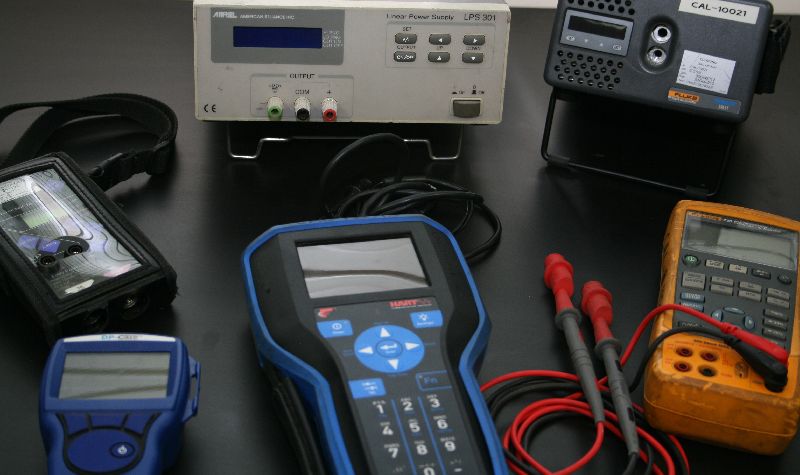In today’s market, there really is a striving and driving force to leverage the strengths of modern technology as a means to increase efficiency. Manual intensive tasks are made easier with the use of software programs and websites, which ultimately save time and costs in the long run. The article breaks down what you should look for when shopping for and purchasing strain gauges from Test and Measurement equipment supplier for your hand tools, backhoe loaders and plumbing fittings- not just clear specifications like brand name, but also various categories within the gauge.
What is a strain gauge?
A strain gauge is an instrument for measuring mechanical strain, strain rate, or elasticity. The most common form of strain gauges is a thin strip of material bonded to a surface with resistive wires or fibres running parallel to the strain-gauge length. When this strip is strained by any form of deformation across its cross-sectional area, the lengths of the resistive wires and fibres change, changing the conductivity, which can be measured to indicate a change in force applied.

How to choose the right measurement equipment?
All strain gauges come with specifications to measure different variables. A way you can test the accuracy of a particular sensor is by measuring the gauge’s cold characteristics or its calibration equipment. When choosing a gauge, make sure that it matches your specific needs and has the desired accuracy level.
Why use a strain gauge for pressure measurements?
A strain gauge is used for pressure measurements because it’s an inexpensive, reliable gauge. It doesn’t have any moving parts to wear out, and it’s great for use in high humidity locations that also might have extreme temperatures.
Which Type of Strain Gauge Should You Use?
The strain gauge is a device that measures the force applied to an object. It is used in a wide variety of industries and can be found in many different shapes, sizes, and materials. There are two types of strain gauges: permanent and reversible.
Permanent strain gauges are typically made from nickel-plated steel wire with a diameter of 0.5 mm or less. They are not affected by temperature changes and can be used in high-temperature environments. Reversible strain gauges use thin metal foil as the sensing element and can be used for temperatures up to about 400 degrees Fahrenheit (204 degrees Celsius). They also have a smaller diameter than permanent strain gauges, which makes them easier to work with on small parts or close-up measurements where size is important.
How Can an Industrial-Grade Strain Gauge Help Me?
Industrial-grade strain gauges are designed to be durable and reliable. They are often used in various industries such as aerospace, automotive, and construction. Strain gauges are used in a variety of industries to measure the strain on materials that they’re applied to. For example, they can be used to measure the strain on a metal sheet during welding or the strain on a concrete slab during construction.
Industrial-grade strain gauges also have advanced features such as temperature compensation and automatic calibration. These features allow them to perform consistently while also providing accurate measurements.







